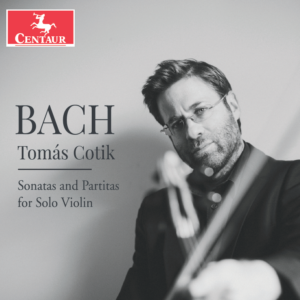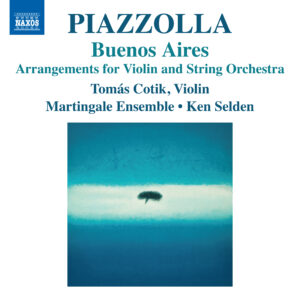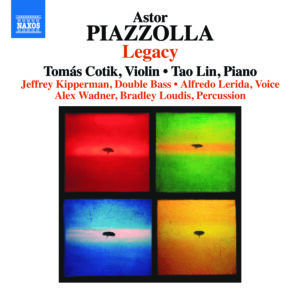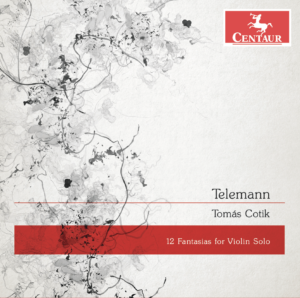Nuevo tango master Astor Piazzolla (born 11 March 1921, died 4 July 1992) packed a lot of living into his writing and his playing.
Tango is the music of Buenos Aires, but the man who would challenge so many of the traditions and clichés within tango, and in doing so create the revolutionary Nuevo tango, was not even a porteño, as the inhabitants of Buenos Aires are called. Astor Piazzolla was born in Mar del Plata, a resort town on the Atlantic coast of Argentina, about 250 miles south of Buenos Aires. When he was just four years old, his family moved to New York’s Lower East Side, then a tough neighbourhood populated by gangsters seemingly from every denomination. Astor was short and walked with a limp due to a congenital condition, so he fought his way to respect. The other kids called him ‘Lefty’, acknowledging his punch.
He grew up listening to Italian songs, klezmer music, jazz and, late at night, the tangos his father played at home to alleviate his homesickness. Piazzolla hated tango, but when his father bought him a bandoneon, the button squeezebox that is the quintessential instrument of tango, he set out to learn it ‘just to please him’, he once said. There were no bandoneon teachers around, so he learned the instrument by playing transcriptions of Bach, Schumann and Mozart. He was 13 when he met the iconic tango singer Carlos Gardel, in town to shoot a couple of movies for Paramount. After hearing him play, Gardel famously told him ‘Mirá pibe, el fuelle lo tocás bárbaro, pero al tango lo tocás como un gallego’ (‘Look kid, the squeezebox you play great, but the tango you play like a gringo’).
Piazzolla was still very much a gringo when the family returned to Argentina in 1937, three years later. Even his Spanish was not that good. While in Mar del Plata, he took bandoneon lessons and also heard violinist Elvino Vardaro’s sextet on the radio. His modernist approach awakened in him a new interest in tango. In 1939, he left Mar del Plata to try his luck in Buenos Aires. He joined the orchestra of the great bandoneonist and composer Anibal Troilo, and after a four-year apprenticeship, he left to form his own orchestra.
But playing tango for the dancers in a cabaret was never Piazzolla’s goal. He studied with composer Alberto Ginastera, wrote music for film and won a classical music competition that led to studies in Paris with Nadia Boulanger in 1954. Whatever musical technique she taught him, the most profound impact was her blessing of his tango. He didn’t have to be a classical musician to write serious music, he could be Piazzolla. So, upon his return to Buenos Aires in 1955, he formed his Octet, which marked a before and after in tango history.
READ MORE



